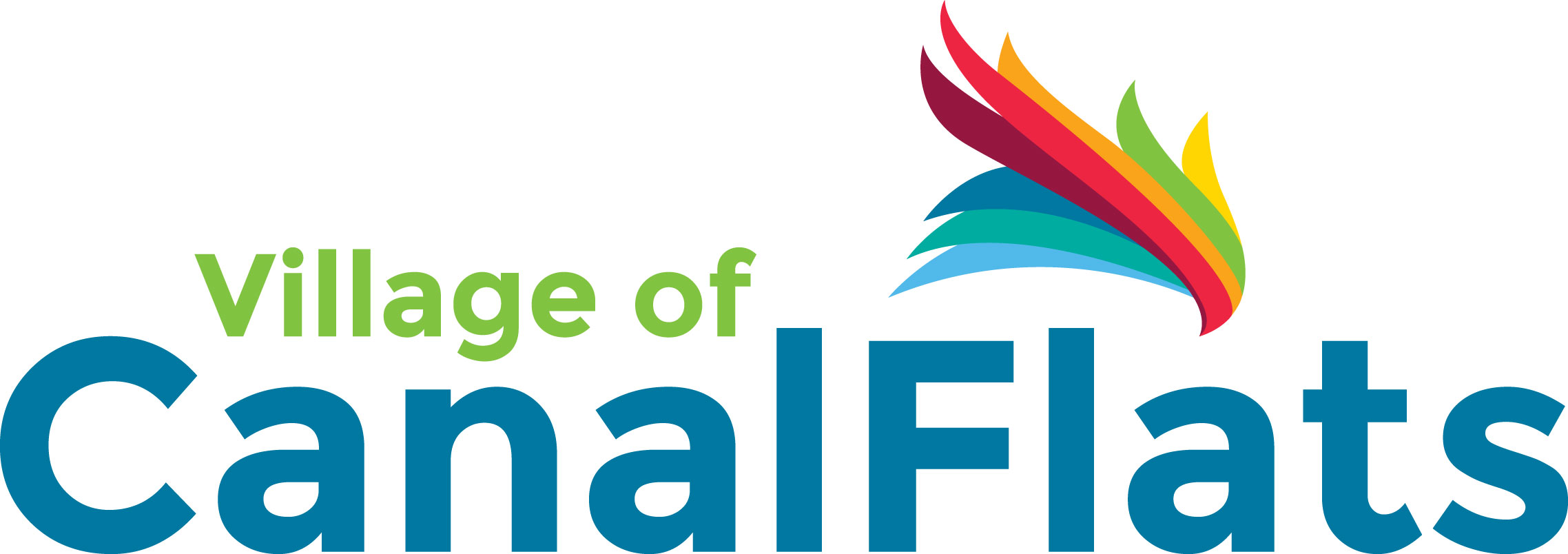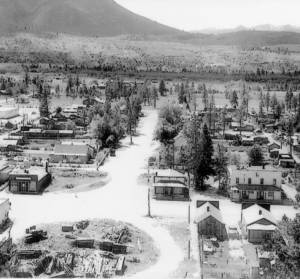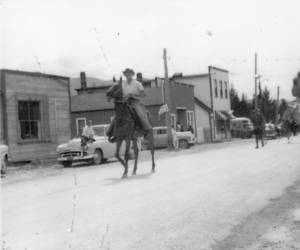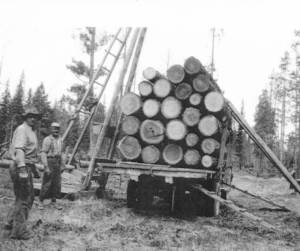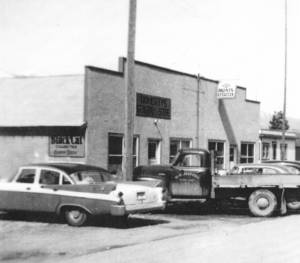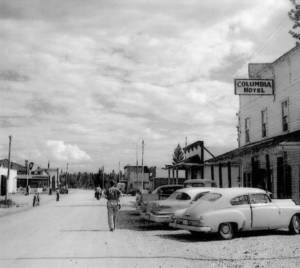The area around Canal Flats has been occupied for thousands of years by members of the Ktunaxa Nation. More information on the Ktunaxa and their story of creation can be found here.
In 1807 David Thompson named the area McGillivray’s Portage. He and his companions had a rough time as there was little or no game, which made it hard to find meat for themselves.
In the early 1880’s a big game hunter from England named William Adolphe Baillie-Grohman traveled through this part of the country. Seeing that the Columbia River system and the Kootenay River were only 1 km apart at Canal Flats, he came up with a vision to divert the Kootenay River and connect the two water systems in order to divert flood waters from the Kootenay River into the Columbia River, thereby turning large expanses of Kootenay River bottom land in the Creston area into viable farm land.
A secondary objective was to allow water traffic between the Kootenay River system and the Columbia River system. In exchange for constructing the Canal, the Province granted Baillie-Grohman 73,000 acres of rich bottom land in the Kootenay Lake and Creston area. With financial backing from investors in England, Baillie-Grohman set out to build a canal between the two waterways.
However, the Canadian Pacific Railway (CPR) appealed to the federal government to stop Baillie-Grohman’s plans as they feared flooding of its main lines. The federal government then required a lock to be constructed in order to prevent this. The Province agreed to grant Baillie Grohman an additional 30,000 acres of land if he completed the canal with the lock. With the help of Chinese immigrant labourers, construction began in 1887 on a canal 14 metres wide, more than 2,000 metres long, some three metres deep. The Canal was completed in 1889.
Only two boats ever passed through the canal: in 1894 the Gwendoline which was traveling south to the Kootenay, and in 1902 the North Star which was headed from Montana to Golden. However, the North Star was too large for the lock and the canal had to be blasted in order to get the steamer through the lock. Some remnants of the canal are still visible today.
Prior to retiring to England in 1894, Baillie-Grohman established a Post Office and was named the first Postmaster in 1888. In 1913 the name Canal Flat was given to the post office.
In 1928, CPR moved their sawmill from Bull River to Canal Flat. The sawmill remained in operation until 2015. History has turned a new page with establishment of the Columbia Lake Technology Center on the old mill site.
There are many speculations as to how Canal Flat came to be the plural Canal Flats, one of which is that it was a simple mistake in highway signage.
Src: Vol. 36 No. 4 – Baillie-Grohman’s Diversion
British Columbia Magazine: Spring 2005
